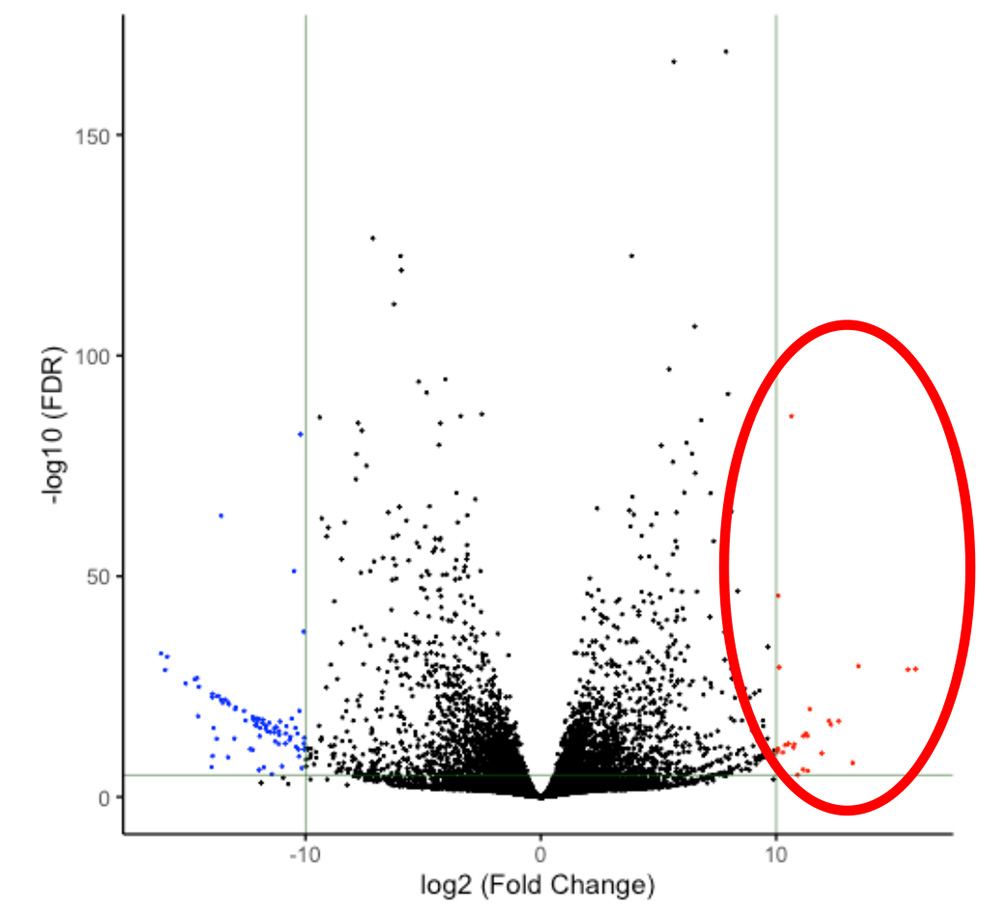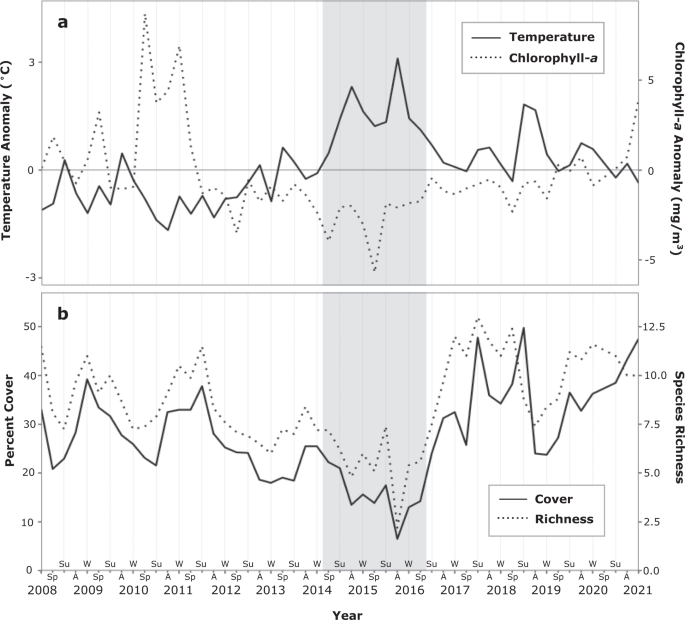ハンセン病は世界で最も古く、最も根強い病気の一つですが、その原因となるバクテリアは、重要な器官を増殖・再生させる驚くべき能力を持っている可能性があるのです。 Leprosy is one of the world’s oldest and most persistent diseases but the bacteria that cause it may also have the surprising ability to grow and regenerate a vital organ.
2022-11-15 エディンバラ大学
この発見は、この自然のプロセスを応用して、人間の老化した肝臓を再生し、健康寿命(病気にかからずに生きている期間)を延ばす可能性を示唆するものである。
また、損傷した肝臓の再生にも役立つため、現在、末期の傷ついた肝臓を持つ人々にとって唯一の治療法である移植の必要性を減らすことができると専門家は述べている。
研究チームは、ルイジアナ州バトンルージュの米国保健社会福祉省と共同で、ハンセン病細菌の自然宿主である57匹のアルマジロに寄生虫を感染させ、その肝臓を、感染していないアルマジロおよび感染に対する耐性が確認されたアルマジロと比較した。
その結果、感染したアルマジロの肝臓は、血管、胆管、小葉といった重要な構成要素が、感染していないアルマジロや抵抗性のアルマジロと同じように肥大化し、しかも健康で無傷であることが判明した。
また、感染したアルマジロの肝臓には、肝細胞と呼ばれる主要な種類の細胞が「若返り」状態に達していることを示すいくつかの指標も発見された。
代謝、成長、細胞増殖に関連する遺伝子は活性化され、老化に関連する遺伝子は抑制されていた。
これは、細菌が肝細胞を初期段階の前駆細胞に戻し、それが新しい肝細胞となり、新しい肝臓組織を成長させたからだと科学者たちは考えている。
<関連情報>
- https://www.ed.ac.uk/news/2022/ancient-disease-has-potential-to-regenerate-livers
- https://www.cell.com/cell-reports-medicine/fulltext/S2666-3791(22)00379-2
I細菌によるin vivo部分リプログラミングが、線維化や腫瘍化を伴わない成体肝臓の成長を促進すること n vivo partial reprogramming by bacteria promotes adult liver organ growth without fibrosis and tumorigenesis
Samuel Hess ,Timothy J. Kendall ,Maria Pena ,Keitaro Yamane,Daniel Soong,Linda Adams,Richard Truman,Anura Rambukkana
Cell Reports Medicine Published:November 15, 2022
DOI:https://doi.org/10.1016/j.xcrm.2022.100820

Highlights
•ML infection of adult nine-banded armadillos promotes in vivo liver growth
•Enlarged infected livers are functionally and architecturally normal without tumors
•ML-induced partial reprogramming to progenitor/regeneration state drives liver growth
•ML bypassing of normal liver growth restriction offers safer repair interventions
Summary
Ideal therapies for regenerative medicine or healthy aging require healthy organ growth and rejuvenation, but no organ-level approach is currently available. Using Mycobacterium leprae (ML) with natural partial cellular reprogramming capacity and its animal host nine-banded armadillos, we present an evolutionarily refined model of adult liver growth and regeneration. In infected armadillos, ML reprogram the entire liver and significantly increase total liver/body weight ratio by increasing healthy liver lobules, including hepatocyte proliferation and proportionate expansion of vasculature, and biliary systems. ML-infected livers are microarchitecturally and functionally normal without damage, fibrosis, or tumorigenesis. Bacteria-induced reprogramming reactivates liver progenitor/developmental/fetal genes and upregulates growth-, metabolism-, and anti-aging-associated markers with minimal change in senescence and tumorigenic genes, suggesting bacterial hijacking of homeostatic, regeneration pathways to promote de novo organogenesis. This may facilitate the unraveling of endogenous pathways that effectively and safely re-engage liver organ growth, with broad therapeutic implications including organ regeneration and rejuvenation.


